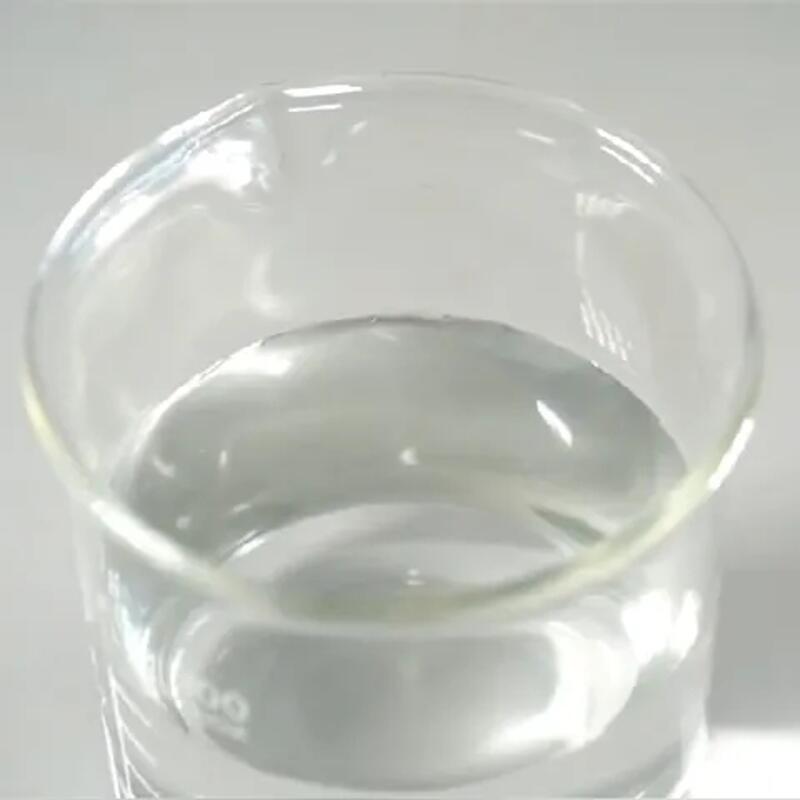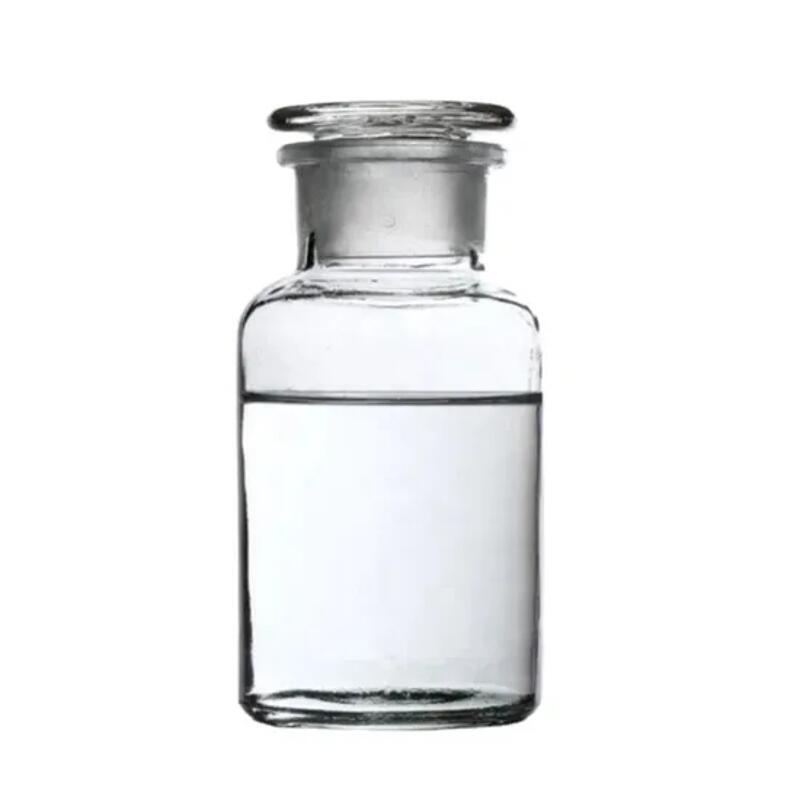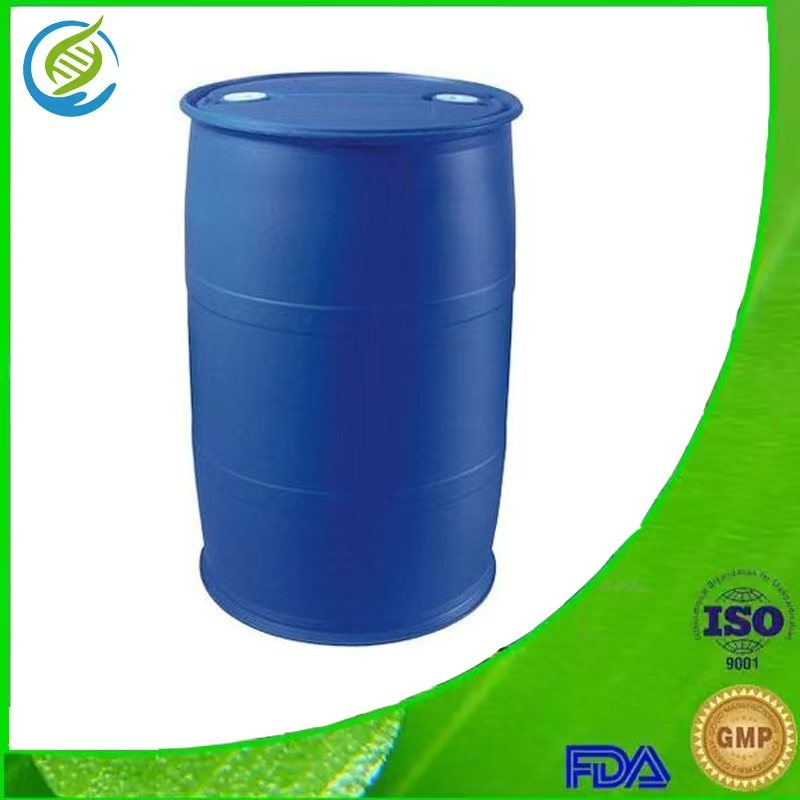-
Categories
-
Pharmaceutical Intermediates
-
Active Pharmaceutical Ingredients
-
Food Additives
- Industrial Coatings
- Agrochemicals
- Dyes and Pigments
- Surfactant
- Flavors and Fragrances
- Chemical Reagents
- Catalyst and Auxiliary
- Natural Products
- Inorganic Chemistry
-
Organic Chemistry
-
Biochemical Engineering
- Analytical Chemistry
-
Cosmetic Ingredient
- Water Treatment Chemical
-
Pharmaceutical Intermediates
Promotion
ECHEMI Mall
Wholesale
Weekly Price
Exhibition
News
-
Trade Service
Clinicaldatapatients, male, 43 years old, strong scoliosis history of more than 20 years, is now stable in the rigid period2d was admitted to hospital with limited cervical vertebral and limb movement due to traumaThe patient self-confessed that february 6, 2018 after drunken fall caused neck pain, limited mobility of the limbs, feeling numb, two incontinence, and was sent to a local hospital for cervical thoracic MRI scan: (1) C5 vertebrae fracture and slip (II degrees), C4/5 vertebrae horizontal spinal cord injury; (2 cervical vertebrae and accessories around, around the entrance of the chest soft tissue diffuse swelling, cervical vertebral fluid build-up; (3) cervical thoracic vertebrae strong scoliosis changes; cervical x-ray: C5 vertebral fracture; cervical vertebract CT 3D reconstruction: C5 vertebral breakage, local nerve pressureCheck body: passive flat position, chest back protruding hunchback deformity, head and neck movement is limited, pain during activity, cervical vertebrae lower section of the ratchet and ratchet tenderness is obviousDouble upper limb muscle strength: right shoulder outreach, internal and flex, stretch muscle strength II level, elbow flexion, stretch muscle strength ii level, wrist flexion, stretch muscle strength ii level; The lower 1/3 section of the double upper arm is numb edby with a long sense of numbness, the two-sided Hoffman is negative; the torso feel plane is located in T9, the double lower limb muscle force level 3, abdominal wall reflection, testicular reflection, peripheral reflection, Achilles tendon reflex, knee tendon reflex eschews; double-sided Babinski's negative, jaundic, ankle-negativeDiagnosis:(1) C5 vertebrae Chance fracture and dislocation; (2) cervical spinal cord injury; (3) cervical disc protrusion, (4) quadriplegic (ASIAA);( 5) strong direct spina; On February 9, 2018, in the whole hemp downstream "cervical vertebrabefore before and after the joint in-the-road re-enterive bone fusion fixation." Patients after successful anesthesia first conventional cervical vertebrae front surgery, because the patient cervical vertebrae is stiff state, the disc has been completely boned, the entire cervical spine is completely integrated into a whole, so directly to the steel plate fixed, the surgery by the assistant in the head side line to push the top reset and ensure cervical stability, in the operation to adjust the alignment of the line and steel plate fixed, the surgery perspective see cervical vertebrae reset can be fixed inside the positionThen the patient from the reclining position carefully changed to the reclining position, after taking the neck is midcutia, length of about 12cm, revealing C3 to 7 ratchets, two sides of the vertebral plate and joint protrusionjoint, fully exposed into the needle point, respectively, in C3 to 7 double-sided placement Suitable length side block screw, installation of suitable connection bar, the technique see the inner fixed position, no obvious loosening after the c4/5 vertebral plate decompression, full decompression after seeing the spinal cord without obvious pressure, rinse the incision, imaging data see figure 1discussion
strong direct spina bifida (AS) is a systemic chronic inflammatory disease characterized by aggression against the joints of the tibia and the central axisThe pathological features of the disease in the spine are the widespread inflammation and osteopathicness of the disc, ligament, joint protrusion, the vertebralosteoporosis, loss of spinal mobility, decreased elasticity and brittleness increase, so that a slight external force can lead to spinal fractures, and even medically induced fracturesAccording to relevant literature reports, due to the special pathological changes of AS and biomechanics, cervical fractures are significantly different from other fractures: (1) minor trauma or even trauma can also occur fractures; patients for the severe scoliosis and cervical fracture saprin fracture sayly less rare Chance fracture, fracture for joint protrusions is not obvious, but directly from the vertebrae, upper and lower joint protrusions are not significantly compressed, so the cervical spine is extremely unstable Patients with strong spinal rhinostitis, the entire vertebral body has been completely integrated, small joint suddenbasicbasic basic loss of active function, which also leads to this case patients with other cervical fractures dislocation is different, common cervical fractures and dislocation patients generally have small joint protrusion sornumbering pressure, although the noose pressure is not good for patients, but from the other side also provides relative stability for patients, for the patient's handling and placement provides convenience Considering that the patient suffers from strong spinal rhinoculitis at the same time cervical chest section convex deformity, the entire cervical thoracic spine has been completely integrated, cervical fracture has been similar to simple limb long dry bone fracture, the stability is very poor, any small action will lead to cervical fracture significant lydiator displacement, if the use of conventional back-road joint surgery, in the body displacement placement process is likely to lead to the loss of fractures, spinal cord injury, so take a previous fixed after surgery Conventional ACCF or ACDF surgery in the prior surgery requires the treatment of the vertebral and vertebral gaps, and may also cause vertebral displacement and thus aggravate spinal cord injury Because the patient's vertebral back edge is smooth, there is no obvious hyperplification and bone, the bone-forming intervertebral disc also did not significantly burst into the vertebral tube, so boldly took the first according to the angle of the post-convex malformation to adjust the patient's position, through the adjustment of the position of the cervical vertebrae directly reset success, and then the line of simple front cut the internal fixation, waiting for the cervical vertebrae to reach a preliminary stability and then change the post-decompression surgery Compared with conventional ACCF and ACDF, it not only avoids the risk that vertebral shift nerves may cause vertebral shift when dealing with vertebral and vertebral gaps, but also provides better safety for back surgery the author experience: (1) the fracture of this category of patients is extremely unstable, while strong straight spinitis neck chest section after convex deformity, preoperative in the ward traction, surgery in the pendulum position must pay attention, otherwise it will aggravate the displacement, damage nerve; Avoid nerve damage, promote spinal cord recovery, (3) to learn more about the relevant medical history, carefully examine the body, consider more possible complications, and strive for the opportunity to make the original disease treatment the best results; (4) the patient's illness after admission does not exclude spinal cord injury due to body location, so X-ray, MRI, CT examination is very important, especially X-ray is the most basic, convenient test inglise, for such patients recommend edias before and after the test







